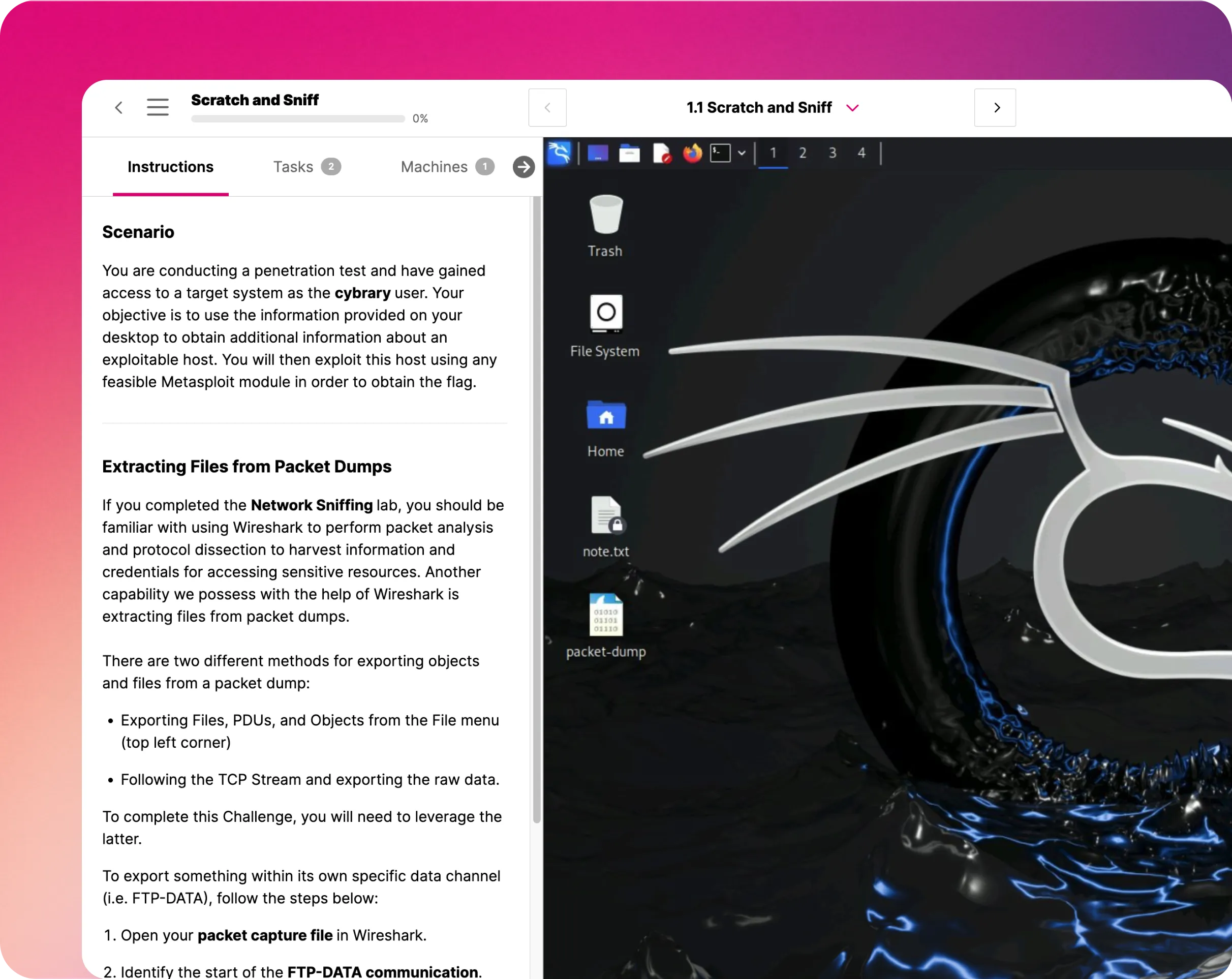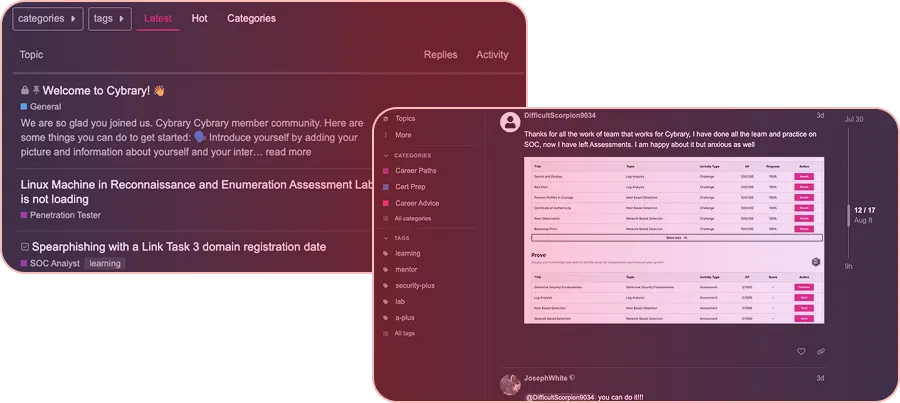Provision an Azure Storage Queue
In this IT Pro Challenge virtual lab, you will get hands-on experience using Microsoft Azure’s Storage Account for message queues. You will implement and test a Web App’s ability to add and retrieve messages from a message queue and validate queue logging. These skills are essential for someone pursuing a career path as an Azure administrator.

Course Content
Lab Overview:
This hands-on lab provides an Azure administrator with an understanding of how to set up a Storage Account, configure a storage queue, enable a Web App to use the queue, and test and validate its functionality. This lesson allows you to explore the process and potential for migrating an on-premise web application to the cloud. These skills are helpful for someone pursuing a career path as an Azure administrator or developer.
Understand the scenario
You are a system administrator for a company that is migrating its document processing system from its data center to Azure. You need to create an Azure Storage Queue used by the system to control document workflow. You will first create an Azure Storage Account. You will then create a Storage Queue within the Storage Account and activate logging for the Storage Account. Next, you will add the connection string for the Storage Account to an Azure Web Application. Finally, you will test the Storage Queue with the Web Application and verify that activity is being logged. You will use an Azure Resource Group that contains a preconfigured Azure Web App.
Create a Storage Account:
Microsoft’s Azure platform provides Storage Accounts, which are used for storing data objects, such as blobs, files, queues, tables, and disks. It is a unique namespace for your storage, which is accessible via HTTP or HTTPS. For this task, you will create a Storage Account, implement a message queue, and enable logging for the queue. This queue will be used to send and receive messages from/to a web application.
Update the Web App:
You will be provided with a sample Web App for testing the functionality of the Storage Account and message queue. To configure this web app to use the message queue, you will need to provide it with a storage queue’s connection string, which includes the authorization information required for your application to access the queue’s data. The connection string is essentially shared-key authorization, ensuring access control to your data.
Test the Storage Table:
In this section, you will use the Web App’s test interface to load and verify queue messages. You will also learn how to use Azure’s Cloud Shell, an interactive, authenticated, browser-accessible shell for managing Azure resources. It is accessed directly through the Azure Portal. You can choose between Bash or PowerShell, based on your shell experience and preference. You will use the shell to test the functionality of your storage queue via a bash command-line interface.
Lab Summary Conclusion:
In this hands-on virtual lab, you will learn how to implement and configure a Storage Account with a message queue for sending and receiving messages to/from a Web Application. This lesson prepares you for the tasks that may be required when migrating an on-premise web application to Microsoft Azure’s cloud platform. You will gain experience configuring the message queue, testing a web app, and verifying that logging is enabled and functioning properly. These skills are essential for someone pursuing a career path as an Azure administrator or a developer within an Azure cloud or hybrid cloud environment.
Other Challenges in this series
- GUIDED CHALLENGE: Provision an Azure Storage Table
- ADVANCED CHALLENGE: Can You Manage PaaS Storage Services to Support an Application?

































